Overview
Animal tracking is an art that has been there for many years but has almost been forgotten in the modern world. It is an age-old tradition that was used by traditional inhabitants to hunt down animals for their daily food. Similar to many other activities, tracking requires years of practice and dedication to properly hone the skills. However, almost everyone can learn how to track animals in the woods, by learning the basic signs and skills.
Begin at home
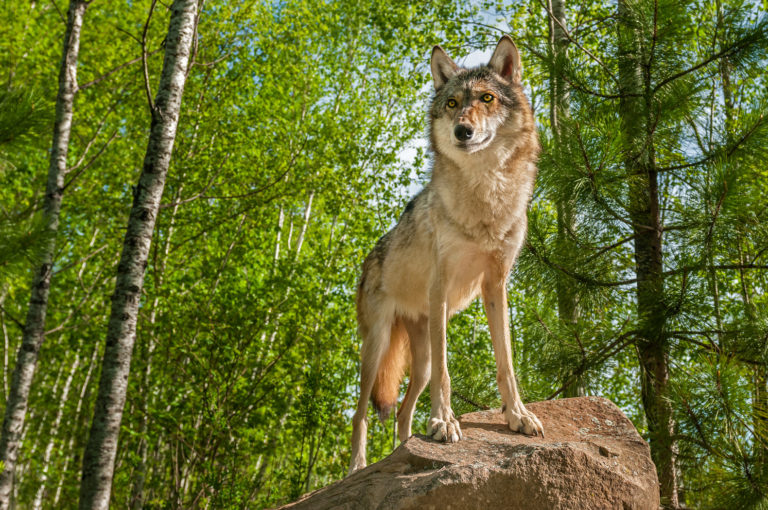 In order to know how to track deers, foxes and other locally occurring animals, the first thing is to understand what is involved in this ancient craft. Real tracking is not as entertaining as the videos which are displayed on most of the movie channels and television sets. An experienced tracker does not speak much but instead makes full use of their senses to understand the nature of the landscape and pick out any tracks on site. Tracking is an excellent way to learn about animals especially mammals that are mostly nocturnal.
In order to know how to track deers, foxes and other locally occurring animals, the first thing is to understand what is involved in this ancient craft. Real tracking is not as entertaining as the videos which are displayed on most of the movie channels and television sets. An experienced tracker does not speak much but instead makes full use of their senses to understand the nature of the landscape and pick out any tracks on site. Tracking is an excellent way to learn about animals especially mammals that are mostly nocturnal.
Reading the signs
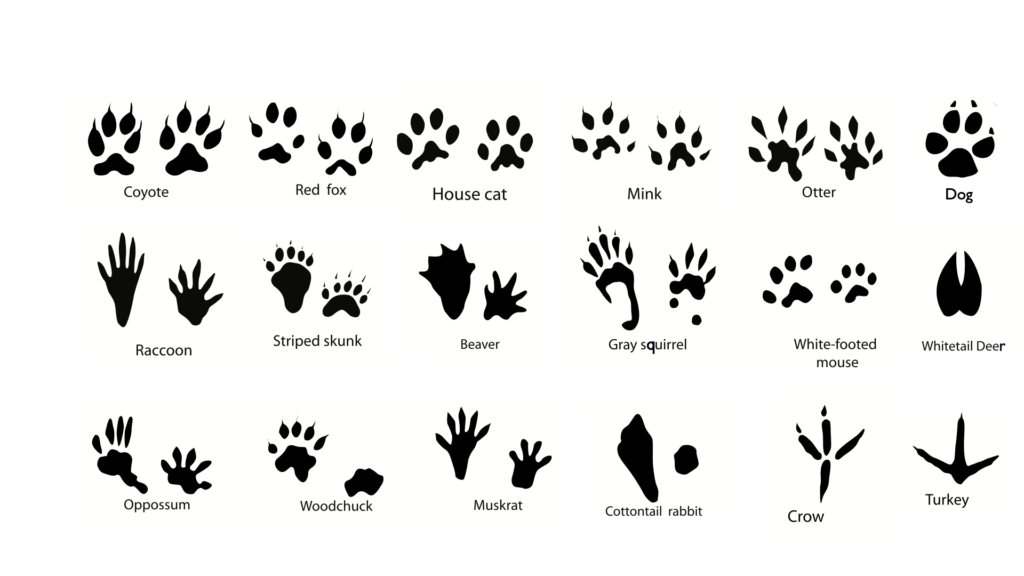 When tracking the main aim should be to locate, understand and follow the trails left behind by the animals as they move through the woods or landscape. There are some places where clear footprints have been left behind that can help identify the species of the animal and in better cases even its age and sex. A footprint is also enough to record the speed and gait of the animal.
When tracking the main aim should be to locate, understand and follow the trails left behind by the animals as they move through the woods or landscape. There are some places where clear footprints have been left behind that can help identify the species of the animal and in better cases even its age and sex. A footprint is also enough to record the speed and gait of the animal.
Read the tracks
A trail can be equated to music. Its tempo and rhythm can tell a lot about the state of mind of the animal. For example, a footprint with fine details can help to determine how fresh or tire the animal being followed is. A track should not only provide the footprint of the animal but should also provide an image of the animal that created it. To be able to be effective in this, it is good to watch as many videos of wild animals as possible. A closer look should be done. It is good to observe how a deer moves it legs and hips and how it responds to the objects around it. Animals moving through landscapes encounter different objects along the way which might include steep slopes, ditches, or fallen branches.
Faeces
For effective tracking of animals in the wood, interpreting any droppings found should be a vital skill for every tracker. The shape of the dropping, the texture, and the color the location and the smell should be considered. On top of that it is good to consider how these features might have changed over time and why the faeces were deposited there. Through practice, it is possible to determine the sex and age of a deer. Faeces contain a lot of information which might not be spotted by an untrained eye.
Inner calm
Tracking is an activity that does not require jumping around. It requires a lot of concentration and inner calm. It requires a meditative state of mind to stick together the various clues found in the woods or wilderness. An inner calm will also help to notice any dangerous animals such as lions and leopards that might be approaching and take the necessary steps.
Tracking tips
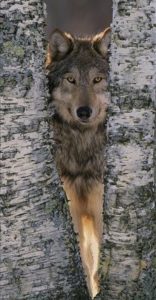 The tracks of animals can appear almost everywhere in the woods. Here are some few pointers to look out for when out there in the woods.
The tracks of animals can appear almost everywhere in the woods. Here are some few pointers to look out for when out there in the woods.
– Deer couches: these are depressions that are observed in the leaf litter on the floor of the forest. The show where a deer has been resting or has slept. They are mostly found under trees in locations that give the deer a nice view of the surrounding woodland. If it has deer hair, then there are high chances that the deers are moulting and ready for winter.
– Fox scats: fox prefer anthills, molehills; grass tussocks and any feature that is slightly raised in the landscape should be searched for fox droppings. The color of the droppings indicates their diet.
– Wild boar wallows: wild boar numbers are slowly increasing. Two outstanding features to observe are disturbed areas in the ground and muddy wallows where the animals might have buried their food.
Conclusion
Tracking animals is an activity that requires a life time commitment. It requires determination coupled with patience and the ability to make out signs where there seem to be none. It also helps to sharpen the senses since it requires deep concentration.


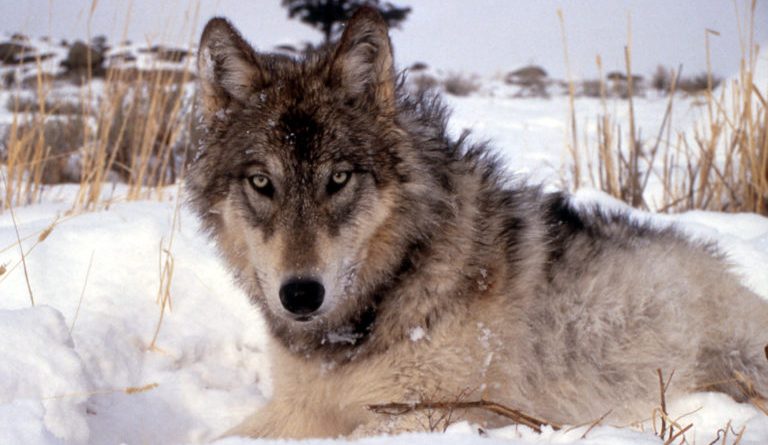

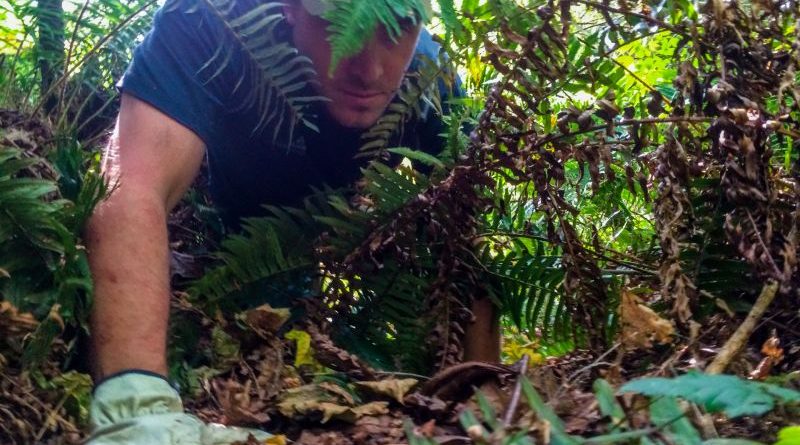
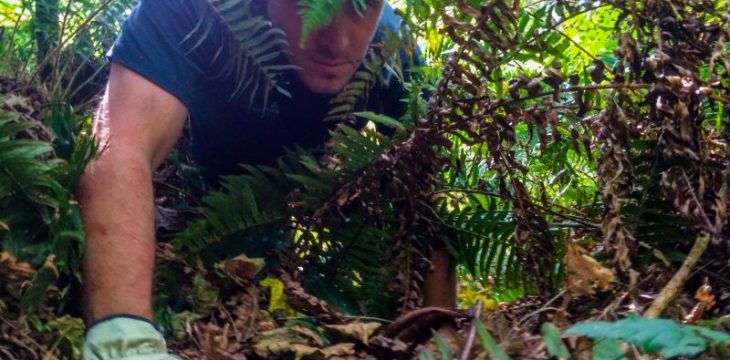
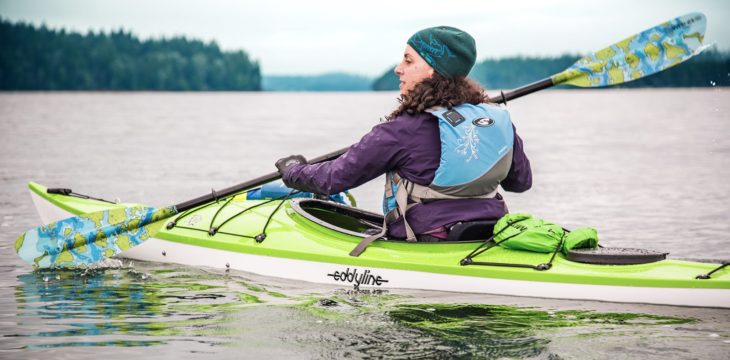
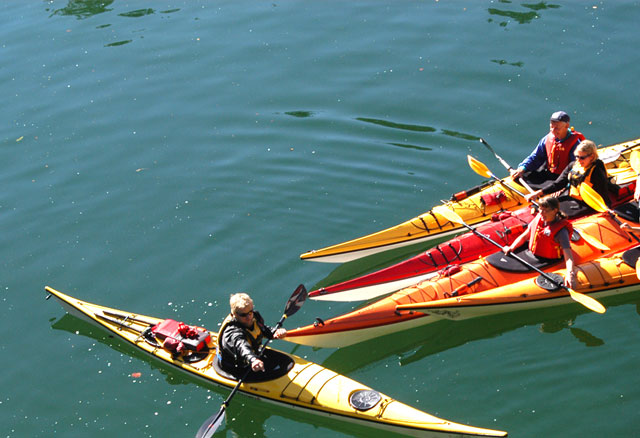 It does not matter if you are a beginner or a long-time kayaker. Buoyancy aids are incredibly important and you should never go kayaking without them. Take note that while buoyancy aids specifically suited for kayaking operates in the same way as life jackets, these aids allow for better movement. Flotation devices or buoyancy aids are provided by kayaking schools and places which rent out kayaks, so you do not have to shell out money for one. However, if you plan on taking kayaking seriously, it will be a lot better if you have one tailor made for you.
It does not matter if you are a beginner or a long-time kayaker. Buoyancy aids are incredibly important and you should never go kayaking without them. Take note that while buoyancy aids specifically suited for kayaking operates in the same way as life jackets, these aids allow for better movement. Flotation devices or buoyancy aids are provided by kayaking schools and places which rent out kayaks, so you do not have to shell out money for one. However, if you plan on taking kayaking seriously, it will be a lot better if you have one tailor made for you.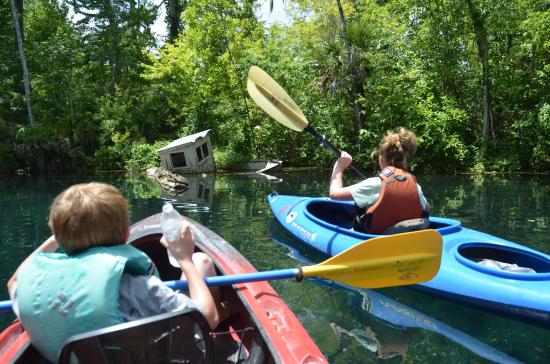 Dry bags are watertight and will help you keep your belongings dry even if your kayak capsizes, so you should definitely invest in one. (No need to worry, dry bags are not expensive and are readily available in sports stores.)
Dry bags are watertight and will help you keep your belongings dry even if your kayak capsizes, so you should definitely invest in one. (No need to worry, dry bags are not expensive and are readily available in sports stores.)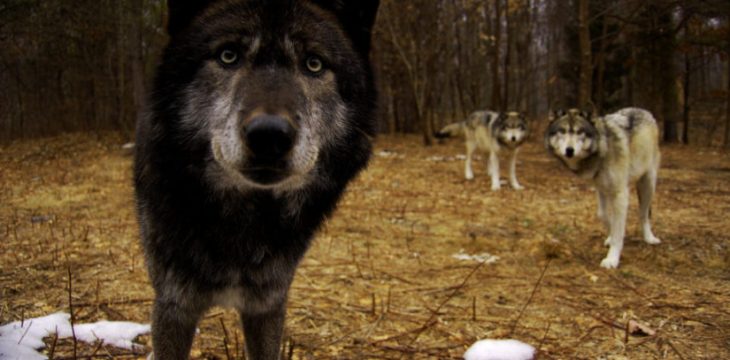
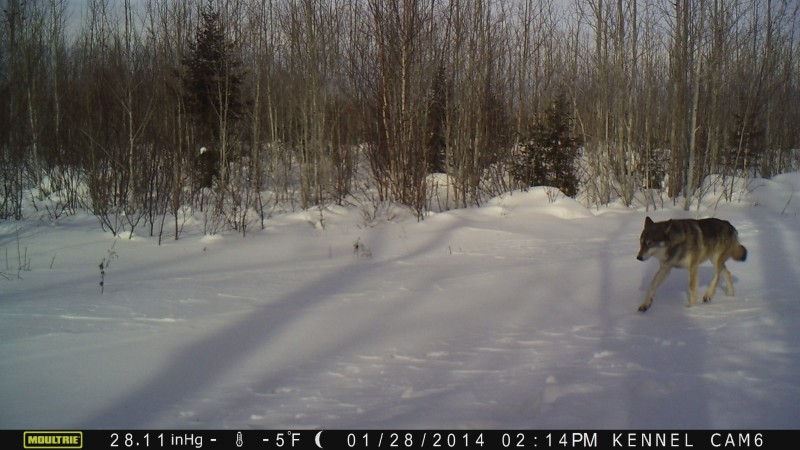 There are a variety of attractants that can be used to bring wolves closer to the camera or have them pause as they move along the field of view of the camera. These include trapper lures and scent lures. Bait, such as the carcass of a deer can be used also. Wolves are intelligent animals and they quickly find out about potential baits that have been laid by human beings. Therefore, it is good to ensure that the baits do not have human scents since they will tend to avoid them. if possible, fresh carcasses should be used since they tend to have a strong scent.
There are a variety of attractants that can be used to bring wolves closer to the camera or have them pause as they move along the field of view of the camera. These include trapper lures and scent lures. Bait, such as the carcass of a deer can be used also. Wolves are intelligent animals and they quickly find out about potential baits that have been laid by human beings. Therefore, it is good to ensure that the baits do not have human scents since they will tend to avoid them. if possible, fresh carcasses should be used since they tend to have a strong scent.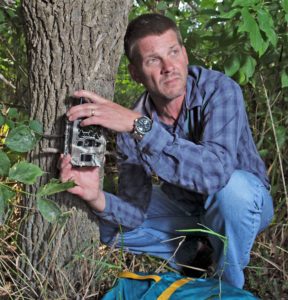 – The trail camera should be set as close as possible to the wolf tracks and trails. However, it is good to check the instructions from the manufacturer about optimal distances since trail cameras differ in make and model. The recommended range for most trail cameras is about 10-20 feet from the target. The camera should be placed either facing northwards or southwards to avoid the direct glare of the sun when facing the east-west direction.
– The trail camera should be set as close as possible to the wolf tracks and trails. However, it is good to check the instructions from the manufacturer about optimal distances since trail cameras differ in make and model. The recommended range for most trail cameras is about 10-20 feet from the target. The camera should be placed either facing northwards or southwards to avoid the direct glare of the sun when facing the east-west direction.